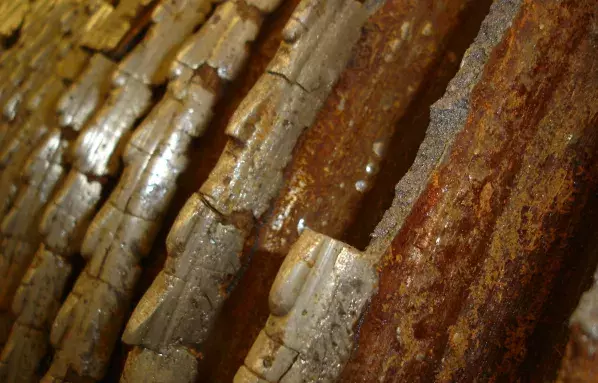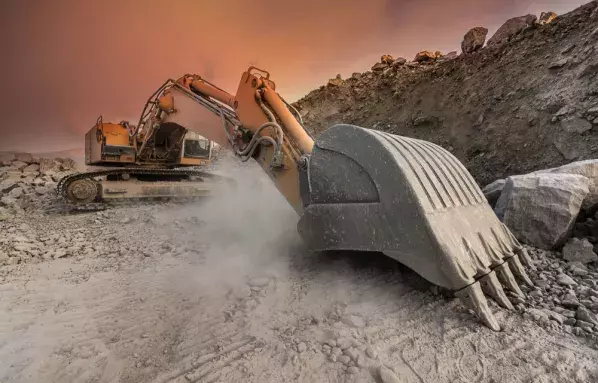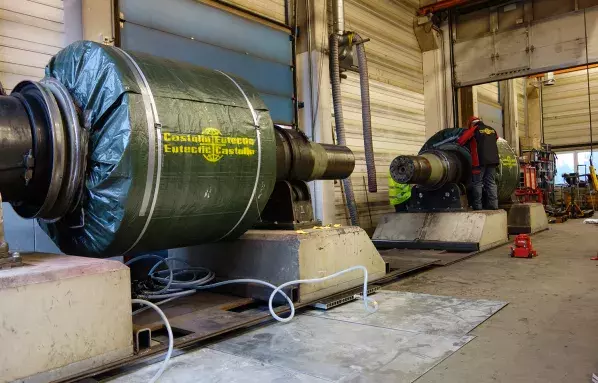Services
Reduce your maintenance costs
We have the know-how to do the job right the first time, on time
Repair of damages
Castolin Eutectic helps you repair cracks, fractures and spalling in kiln tires, rail tracks, roller press, hammers or any damaged critical industry parts. Both as emergency and standard, planned repairs. We can either do the work on-site or in our 20 well-equipped Castolin Services workshops. For more than a century at the forefront of maintenance and repair, we are at your service with the largest and most experienced team of technical field consultants.
Whertec
Off







